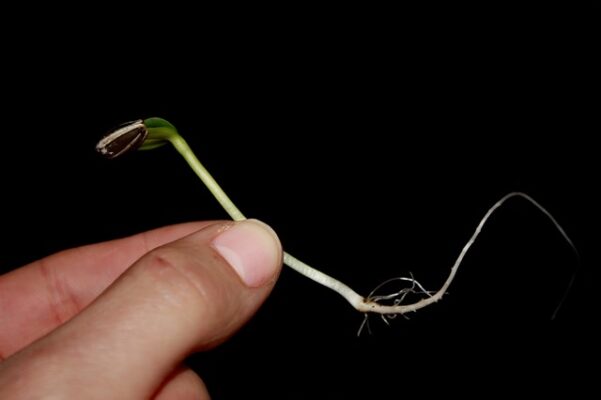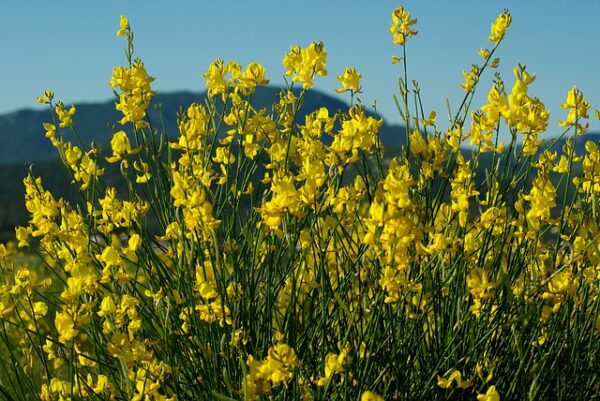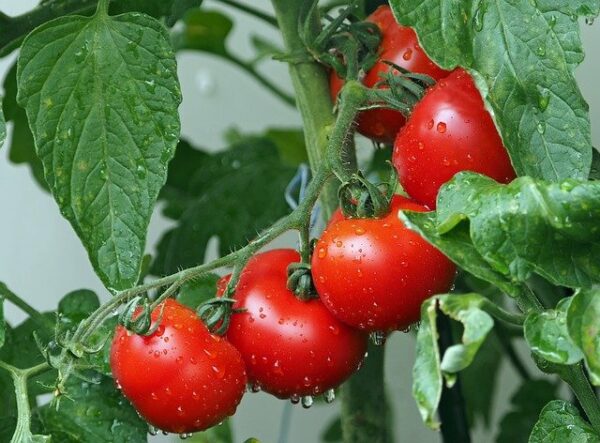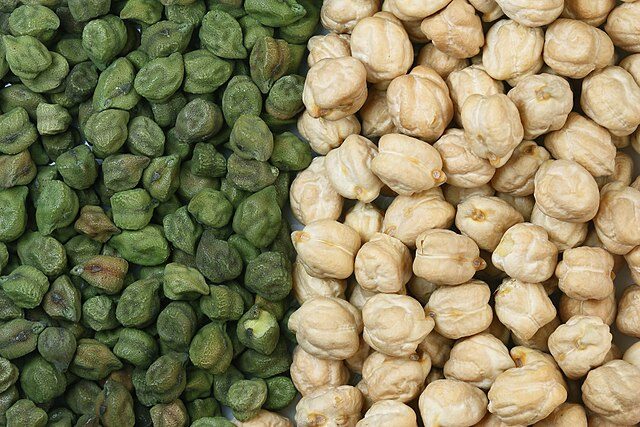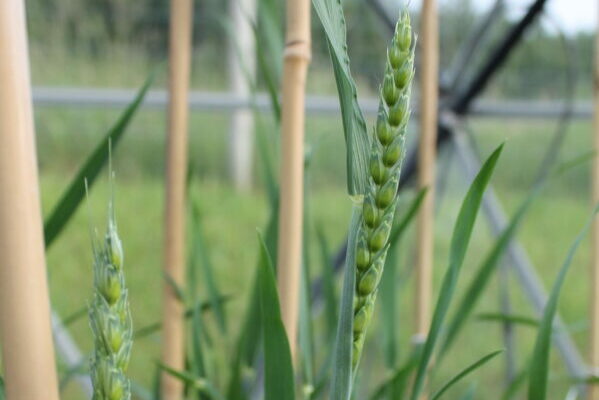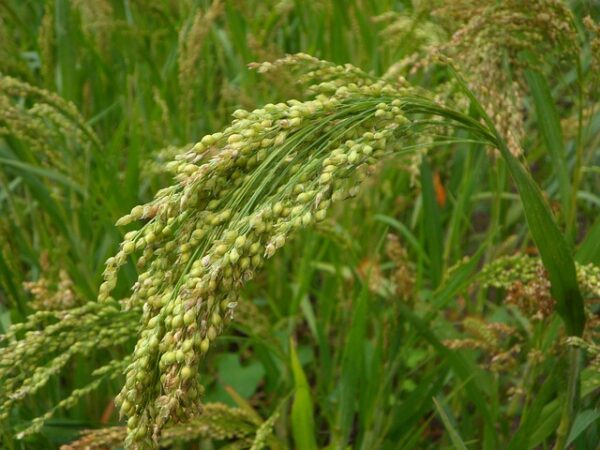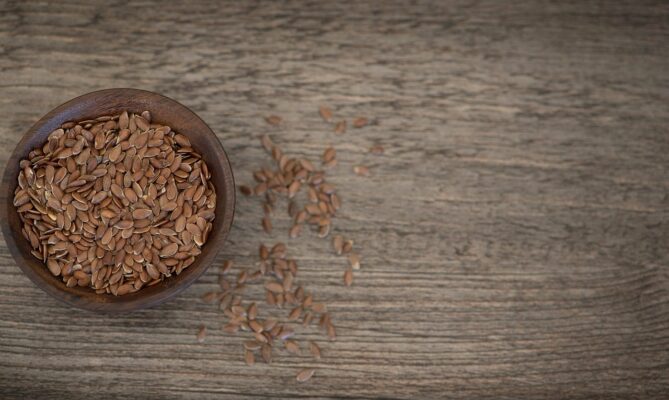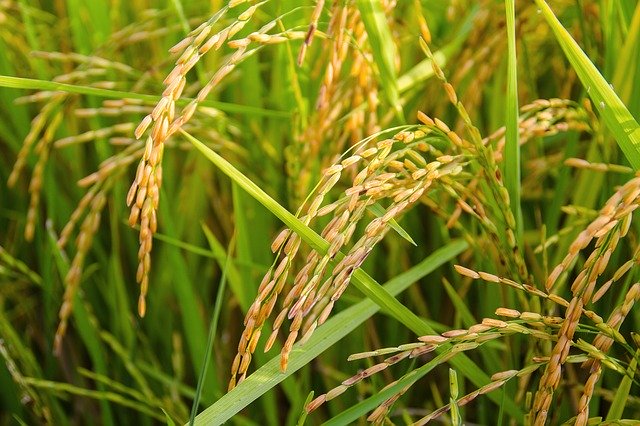
Sub-Saharan Africa’s population continues to grow, with the prediction that the population will double by 2050 and peak by 2100. This poses a challenge in meeting the demand for staple food in a region where self-reliance in cereal production, a major staple food, is the lowest globally in terms of productivity. As a result, cereal demand is projected to triple. Yet, cereal yields are very low, and the current consumption is already dependent on substantial imports, placing the continent at a great risk of food insecurity.


